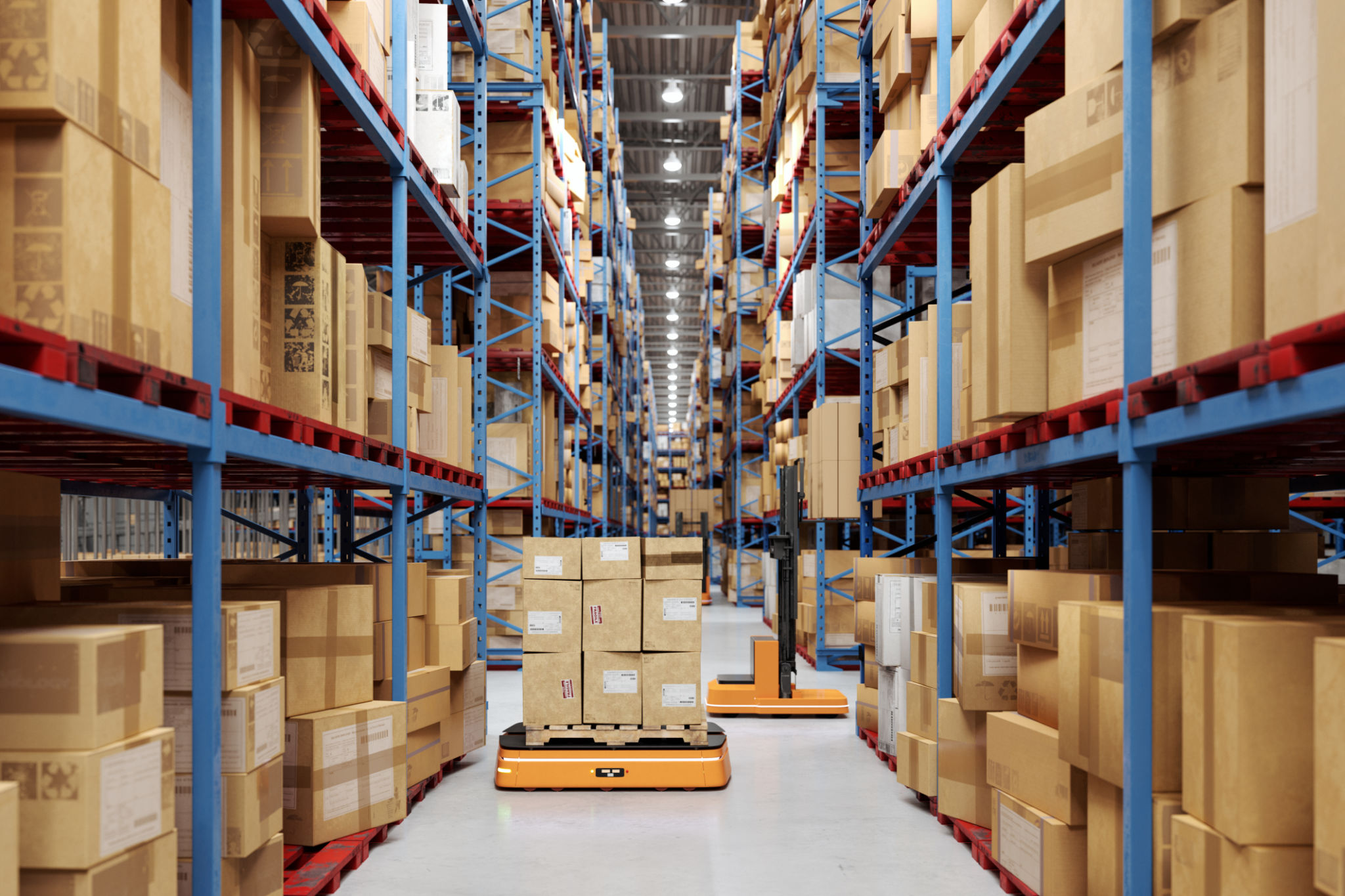Expert Tips for Navigating High-Volume Logistics in Retail
Understanding the Challenges of High-Volume Logistics
In the retail industry, navigating high-volume logistics can be a daunting task. With increasing consumer demands and the rise of e-commerce, retailers must adapt to efficiently manage large-scale operations. Understanding the unique challenges posed by high-volume logistics is the first step toward mastering them. These challenges include handling peak seasons, managing inventory, and ensuring swift deliveries.
Peak seasons, such as the holiday period, can significantly strain logistics systems. Retailers often face overwhelming order volumes that require meticulous planning and execution. Additionally, managing inventory efficiently is crucial to prevent both overstocking and stockouts, which can adversely affect customer satisfaction.

Implementing Advanced Technology Solutions
Technology plays a critical role in optimizing logistics processes. Implementing a robust Warehouse Management System (WMS) can greatly enhance inventory management. A WMS provides real-time visibility into stock levels, streamlines order fulfillment, and minimizes errors. Retailers should also consider integrating their systems with transportation management software to improve delivery efficiency.
Another technological advancement that is gaining traction is the use of artificial intelligence (AI) and machine learning. These technologies can predict consumer demand more accurately, allowing retailers to adjust their logistics strategies accordingly. By leveraging AI, retailers can optimize routes, reduce delivery times, and lower transportation costs.

Enhancing Supply Chain Collaboration
Collaboration within the supply chain is essential for managing high-volume logistics effectively. Developing strong relationships with suppliers and logistics partners ensures a smoother flow of goods. Regular communication and data sharing can prevent disruptions and enable faster response times to market changes.
Retailers should also consider adopting a collaborative planning, forecasting, and replenishment (CPFR) approach. This strategy involves working closely with suppliers to align forecasts and replenishment plans, ultimately reducing inventory costs and improving service levels.
Optimizing Order Fulfillment Strategies
Order fulfillment is at the heart of high-volume logistics. Retailers must develop efficient strategies to ensure quick and accurate deliveries. Implementing automated picking systems in warehouses can significantly speed up the order fulfillment process, reducing labor costs and minimizing errors.
- Utilize cross-docking to expedite shipments.
- Implement zone picking for streamlined operations.
- Consider outsourcing fulfillment to third-party providers.

Prioritizing Customer Experience
The ultimate goal of optimizing high-volume logistics is to enhance the customer experience. Consumers expect fast shipping and hassle-free returns. Therefore, retailers must focus on providing transparent tracking systems and flexible return policies. Keeping customers informed at every step of the delivery process builds trust and increases satisfaction.
Additionally, offering multiple delivery options, such as same-day or next-day delivery, can set retailers apart from competitors. Investing in customer service teams that are trained to handle logistics queries efficiently can further improve the overall shopping experience.
Continuous Improvement and Adaptability
The retail landscape is constantly evolving, requiring businesses to remain adaptable and continuously improve their logistics operations. Regularly reviewing performance metrics and seeking feedback from both customers and employees can identify areas for improvement.
- Conduct regular supply chain audits to identify inefficiencies.
- Stay informed about industry trends and innovations.
- Invest in employee training for evolving logistics technologies.

By embracing these expert tips and strategies, retailers can successfully navigate high-volume logistics, ensuring they meet customer expectations while maintaining cost-efficiency. As the retail industry continues to grow, mastering these logistics challenges will be crucial for sustained success.
